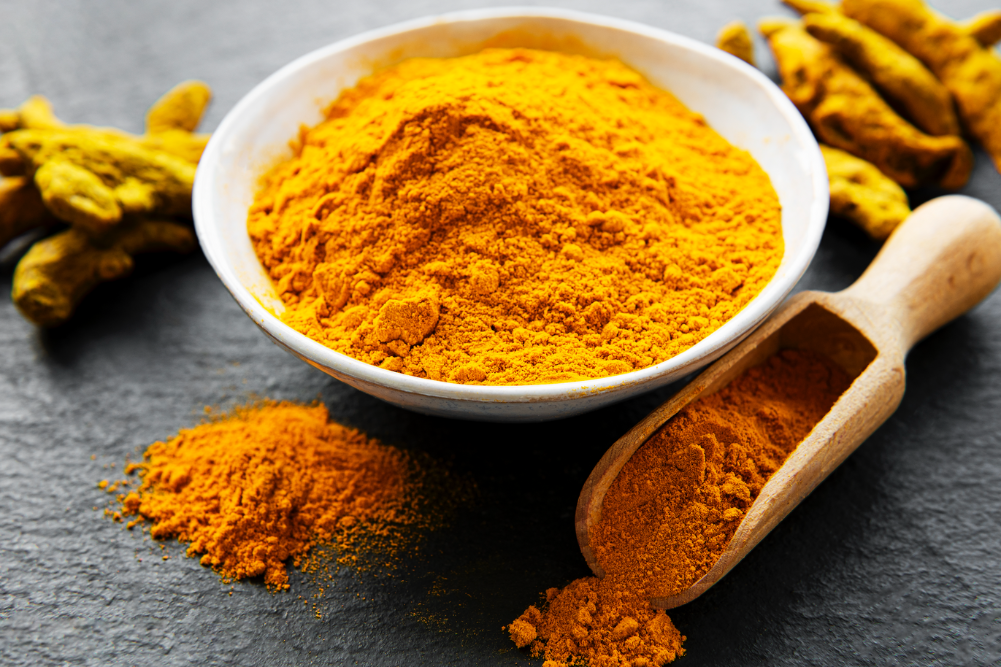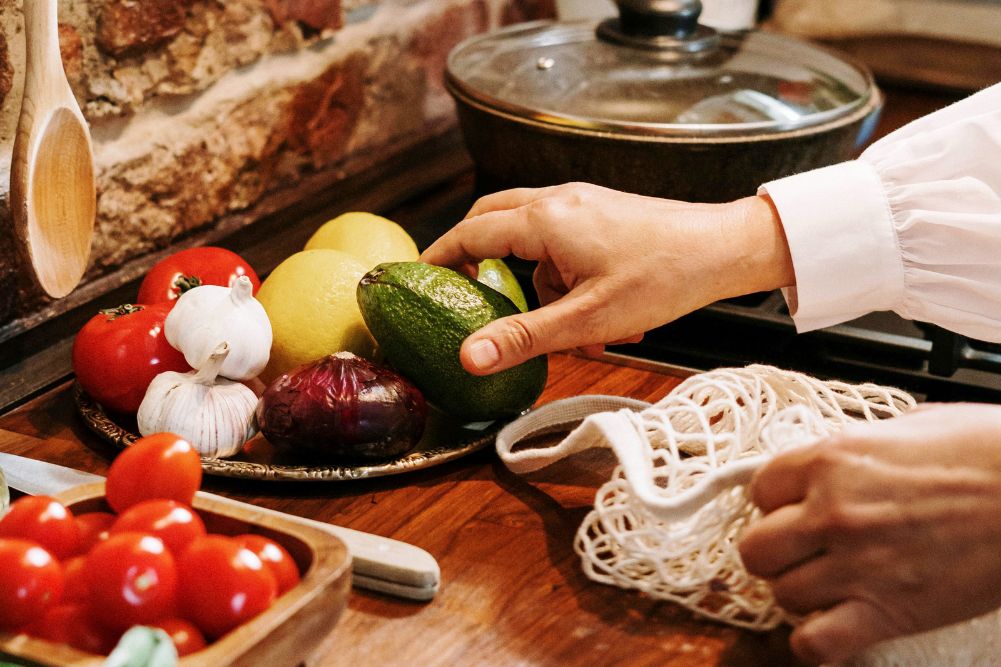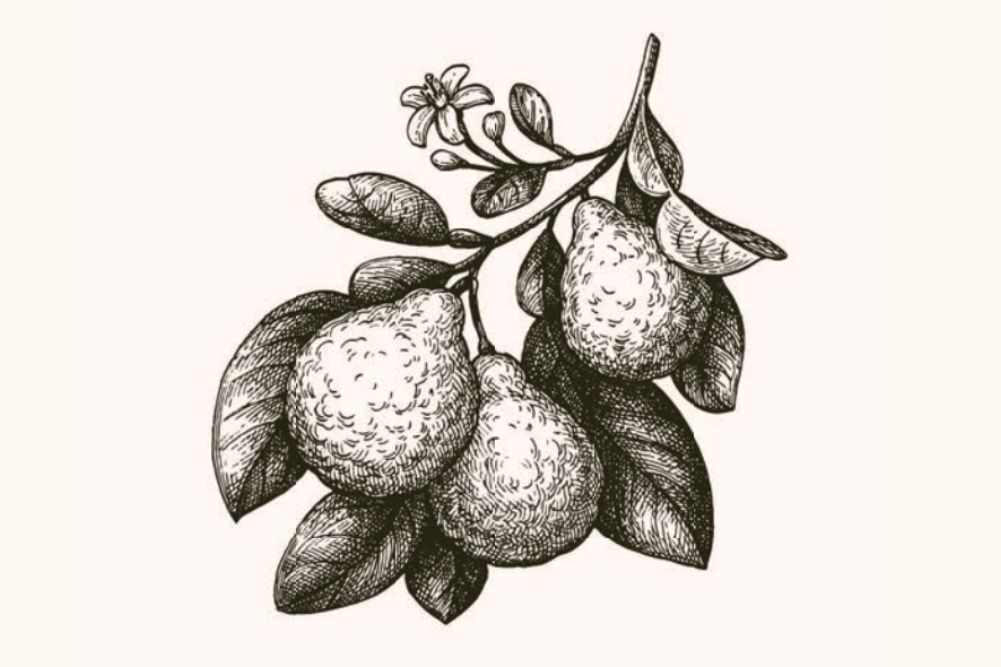Beautiful Brassicas: Everything you need to know about broccoli, cabbage & cauliflower
Broccoli, cabbage, and cauliflower are all members of the Brassicaceae family, also known as “cruciferous” vegetables. There are other members of the family, but these three popular and healthy vegetables developed from the wild cabbage.
Modern cabbage developed from wild cabbage that originated in Asia and was brought to Europe by nomadic Celts in the 7th century BCE. Cabbage spread throughout northern Europe as a popular crop because it adapted well to cool climates, has a high yield per area planted, and can be stored during winter in cold cellars. Broccoli also derived from wild cabbage, but it was bred selectively by the Romans and later Italians. Cauliflower was adapted from wild cabbage by the Italians but it has also been very popular in Turkey.
Broccoli
Of all the brassicas, broccoli is the most concentrated source of vitamin C and provides many flavonoids including quercetin. It is also a rich source of the antioxidant carotenoids lutein, zeaxanthin and beta-carotene. Other antioxidants provided by broccoli in beneficial amounts include vitamin E and the minerals manganese and zinc.
The best way to eat your brassicas is steamed.
All of your brassicas contain healthy compounds called glucosinolates that are converted into health-promoting molecules called isothiocyanates, which have a range of actions that reduce the risk of cancer developing. Broccoli contains high levels of a type of glucosinolate; in your digestive tract it is converted to sulforaphane, which enters your bloodstream and has been shown to prevent cell proliferation in the early stages of cancer, reduce inflammation, and stimulate production of antioxidant enzymes. Sulforaphane also has an “epigenetic” effect, meaning it affects how your genes are expressed. It can alter processes called “methylation” and “histone modification” required for gene activation or silencing in cancer prevention and therapy.
Sulforaphane also activates a protein called Nrf2, which is involved in keeping blood flowing in arterial areas where it may become clogged. This is very good news for your heart.
Cabbage
Cabbage is a good source of vitamin C and vitamin A. It also supplies good levels of antioxidant polyphenols. White cabbage provides about 50 milligrams of polyphenols in a half-cup serving, while red cabbage yields 30 milligrams of the red-pigment polyphenols called anthocyanins in each half cup.
Cabbage, like broccoli, contains glucosinolates, which are made into isothiocyanates that protect against cancer through a variety of different mechanisms. In some cases, they help regulate inflammation by altering the activity of messaging molecules within your body’s inflammatory system. In other cases, they improve detoxification systems and leave your cells with a smaller toxic load. The bottom line is decreased risk of cancer from consumption of cabbage.
Cauliflower
Cauliflower is also an excellent source of vitamin C, vitamin K and folate. It is a good source of vitamin B5, potassium, dietary fibre, manganese and molybdenum. Additionally, it provides protein, phosphorus, magnesium, vitamin B1, vitamin B2, vitamin B3 and iron. Like all brassicas, it is an excellent source of fibre.
Cauliflower does contain glucosinolates, but only 50 per cent as much as cabbage and 60 per cent of what is found in broccoli. Nevertheless, there is evidence that eating cauliflower helps lower your risk of developing cancer. There is also research showing that it reduces inflammation and heart disease risk. The general antioxidant and fibre content of brassicas means they all support detoxification processes within your body.
Steaming good food
To get the maximum health benefits from brassicas, you need to consume about half a cup each per day. The best way to eat them is steamed. For instance, the fibre in broccoli binds with bile acids more effectively in your digestive tract when the broccoli has been steamed. When this binding process takes place, it is easier for bile acids to be excreted, and the result is a lowering of your cholesterol levels. Raw broccoli still has cholesterol-lowering ability, just not as much.
Cabbage is often prepared in long-form recipes where the cabbage is cooked for considerable time in a stewing process. The evidence is that the isothiocyanates do not survive this well and you are best to either eat your cabbage raw or steamed. When fermented as sauerkraut, cabbage offers healing antibiotic effects.








